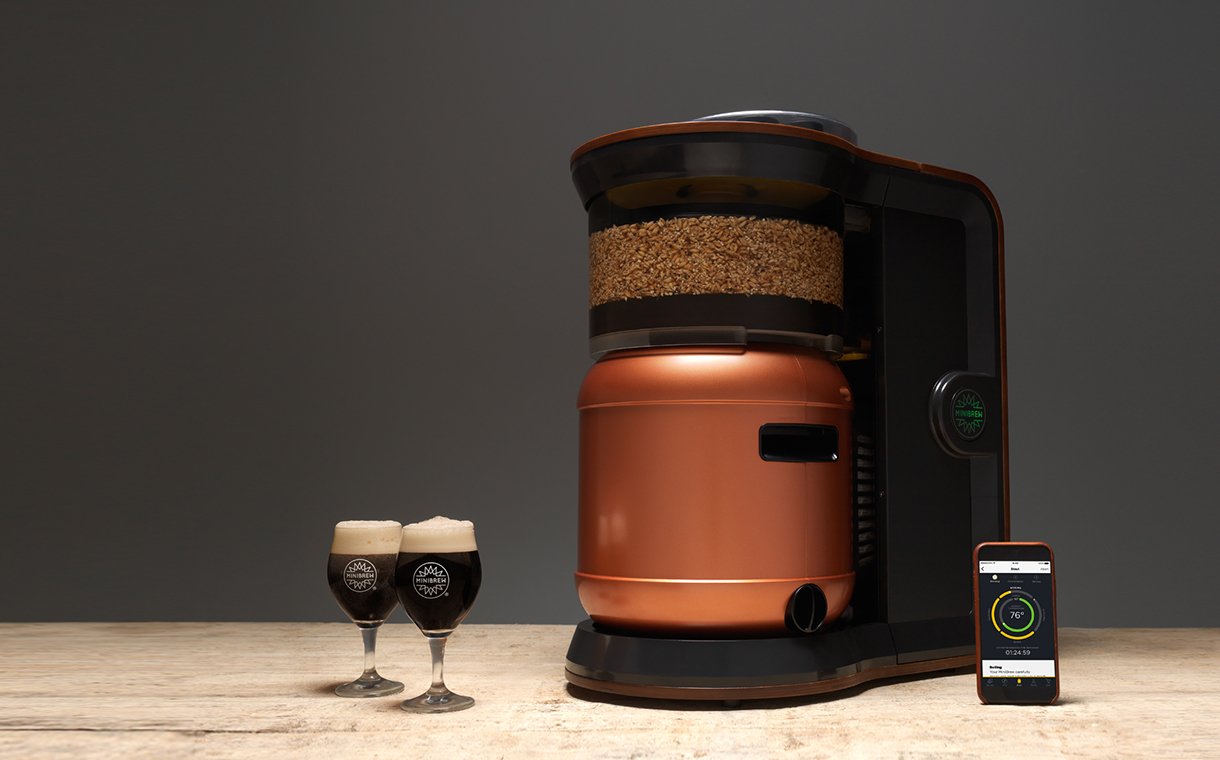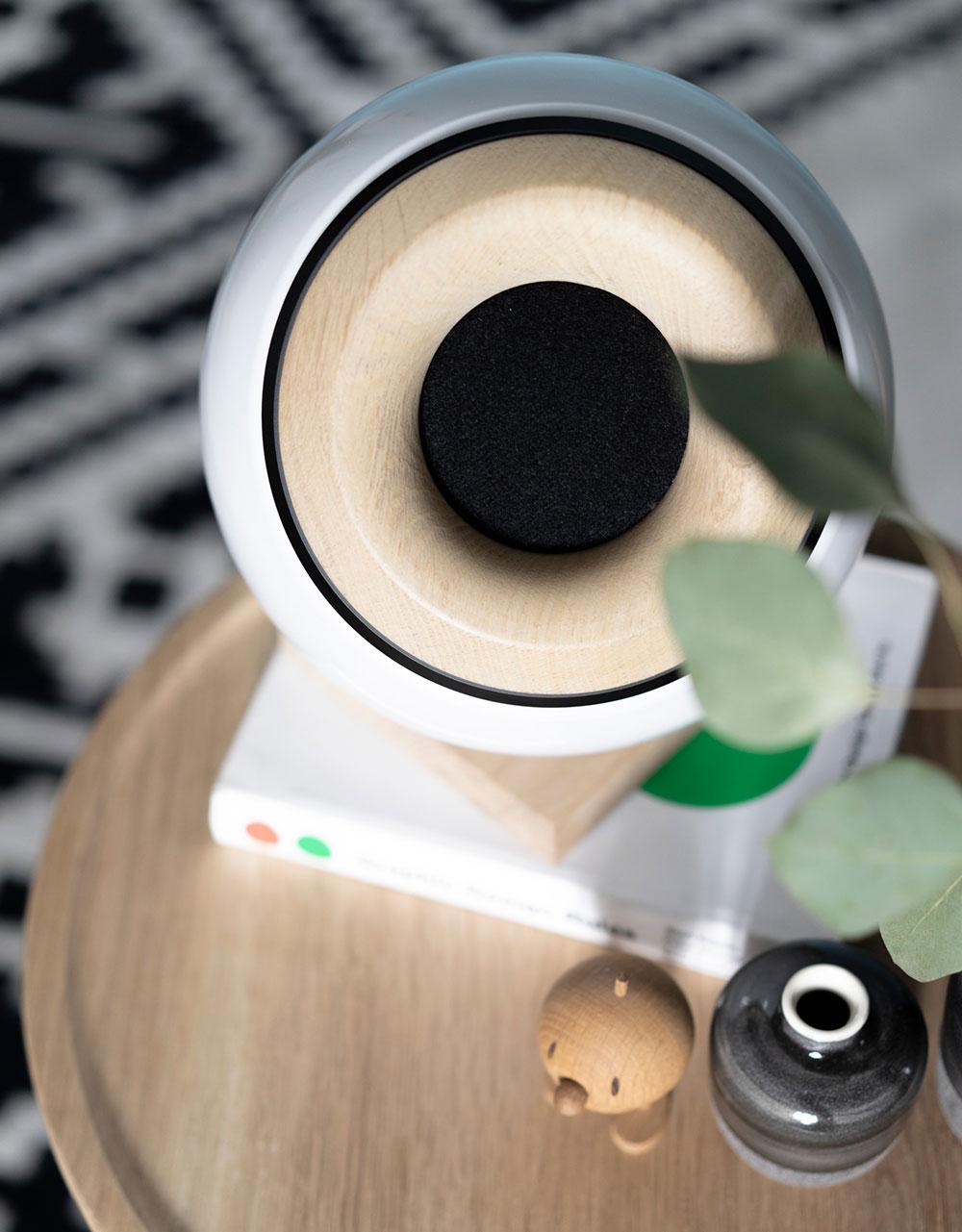In this multipart blog series, Dragon Innovation material expert, Nicolas Avril, will explore the pros and cons of selecting different materials when designing and manufacturing a connected product in high volumes. This blog examines the use of wood.
Designers today have access to a wide range of materials, both natural and man-made. What would make someone choose wood over the many alternatives? There are four reasons: Aesthetics, acoustics, thermal properties, and the fact that, when carefully selected, wood can be a sustainable choice.
Let's explore these further.
In developed countries, most people associate wood with exclusivity or even luxury. Certain slow-growing, exotic species might obtain that characteristic from their rarity. However, most products are made from readily available wood types. This perception of luxury may have arisen because items had to be carved by hand (i.e. requiring craftsmanship) and that any mistake was forever visible. Or perhaps it stems from the fact that wood needs regular care, it needs to be nourished and protected. No matter what, wood aesthetics will add a unique feeling of quality and possibly luxury to your product. And interestingly, a product made to resemble wood will carry with it some of these associations, as exemplified by the many plastic floor laminates, veneer on furniture, and car interior dash films made to imitate wood grain.
Because of its unique structure, wood properties are anisotropic (i.e. they are not the same in all directions). While this can sometimes be imitated in other materials (by extrusion processes for instance), it would be much more difficult to achieve through injection molding. The difference in properties could be a plus by allowing sound to transmit strongly in one direction, but less in another. For example, if you are making speakers or headphones, your product will sound different if wood is replaced by another material. Wood is used for the making of some musical instruments in part because of its availability and ability to be shaped, but also because no other material offers similar acoustic properties.
When someone touches a product made of wood, it does not get as cold of a sensation as when touching metal or stone. We get a "warm" feeling. The enclosure of the Voiz radio is made of bamboo and the manufacturer points out the "tactile comfort luxurious cabinet". The desired intent for the use of wood is less about acoustic and more about the user tactile and visual experience. Over time and with use, wood can develop a great patina.

When selected and harvested responsibly, wood is a renewable and sustainable material. Once we realize that most currently used plastics may need over 400 years to degrade in the environment, using responsibly harvested wood instead of plastics whenever applicable seems like the right choice. Maybe part of the reason wood (and wood-looking products) make us feel comfortable is the inner feeling that wood is a "good" choice because it is renewable (and sustainable when grown and harvested properly). Capitalizing on this, in 2019, House of Marley introduced headphones with wood accents. Its director of product development, Josh Poulsen, told the press, "We are excited to be bringing a new feeling of innovation to the market to our sustainable materials and craftsmanship in a way that continues to redefine the CE audio space."
It is worth mentioning that, although technically not wood, bamboo shares a lot of the same properties. And it can be argued that, on a sustainability scale, bamboo is the king of all wood. It is not only one of the fastest-growing plants on Earth, it also happens to keep on growing after harvest (no need for re-planting) and is said to convert more CO2 into oxygen than a regular tree for an equivalent stand.
Another reason why wood is often used (at least in low to medium volume products) is the fact that wood is fairly easy to work with. All that is needed might be a saw, a few chisels, glue, and drills. It can be cut, drilled, nailed, and screwed through without too much effort. Compared to metal that needs to be drilled and tapped, and cut with machinery, wood is accessible. Many maker spaces offer a lot of wood-working equipment (although more and more 3D printers and laser cutters are also made available).
Using wood in the manufacturing of high volume products also presents four major drawbacks: the need for machining, the variations in mechanical properties and physical appearance caused by nature, the need for protection from atmospheric variations (or acceptance of their consequences on the shape, size, and properties), and the geographic restriction on the supply chain.
Wood can only rarely be made to grow into the shape you want (I can only think of some curly canes made by growing the tree in a spiral shape). Most of the time you have to start from a block and cut it to the desired shape. And you have to do this for every single one of them. This is not only wasteful (on the material and energy side), it also does not lend itself well to high volume production since each unit will have to be started from scratch.
Wood is a natural product that has to grow over time under unique conditions. This means that no two products will have the same properties. The fibers in the wood will have different patterns in every part and make it impossible to predict how the product will evolve, bend and split. That can cause quality control challenges. One can imagine the challenges that the team at Minibrew faced when ramping up production, having opted for a curved back panel made of real wood.

It is sometimes said that wood is a living product. It can be attacked by insects and changed into dust. Under humid conditions, it can swell and warp. Under dry conditions, it will shrink and can crack. It needs to be nourished to keep its shine and patina. I was once involved in the making of a stainless steel ring with a circular wood inlay. Not only does controlling the effects of the different expansion coefficient create a challenge, but since the product is worn on the hands (which are in contact with water, soaps, oils, and many other materials many times a day), keeping the wood shiny and nourished proved impossible short of completely sealing it.
Since the way wood grows depends not only on the wood species, but also on the location where it grew, the location of your wood source will have an impact on the final product appearance and properties. And while your customers will anticipate small variations because of the natural provenance of the material, they still expect the product to look like the one displayed on your communication and marketing materials. The customers of the Oupio speaker & light combination device, for instance, expect their product to look like the one displayed on the website, made of oak from Romania. The Creative Pill team (the team who designed Oupio) created a geographic manufacturing constraint for the choice of a supplier which will have to be dealt with long after they finished the product rendering and promotional material (luckily for them, Eastern Europe and Russia have very large oak forests).
Keep in mind that laws might require you to source a specific type of wood. For instance, this is true if you are making an American bourbon (not really a consumer electronic product I admit, although it has been known to influence the design process ;-) ). Like all single-sourcing situations, this puts the supply chain at risk of disruption. Luckily, American white oak is not affected by the pathogenic fungus Cryphonectria parasitica. Had this been the case, nobody would have been able to create new barrels in 1940 because of the accidental introduction of this fungus. It causes the Chestnut blight, which wiped out most mature American chestnut trees in fewer than 40 years.

To conclude, choosing wood as a material for parts of your product needs to be a rational decision, just like choosing a communication protocol or a specific chip. Weigh the pros and the cons, and keep this Dragon Innovation motto in mind:
"Early design decisions cast long shadows."
Whether your reasons are aesthetic or because of the unique properties of this natural material, you would be well advised to consider the impact wood material selection will have on your raw material supply chain, choice of contract manufacturer, and of course, whether its properties match the intended use of the end product.
